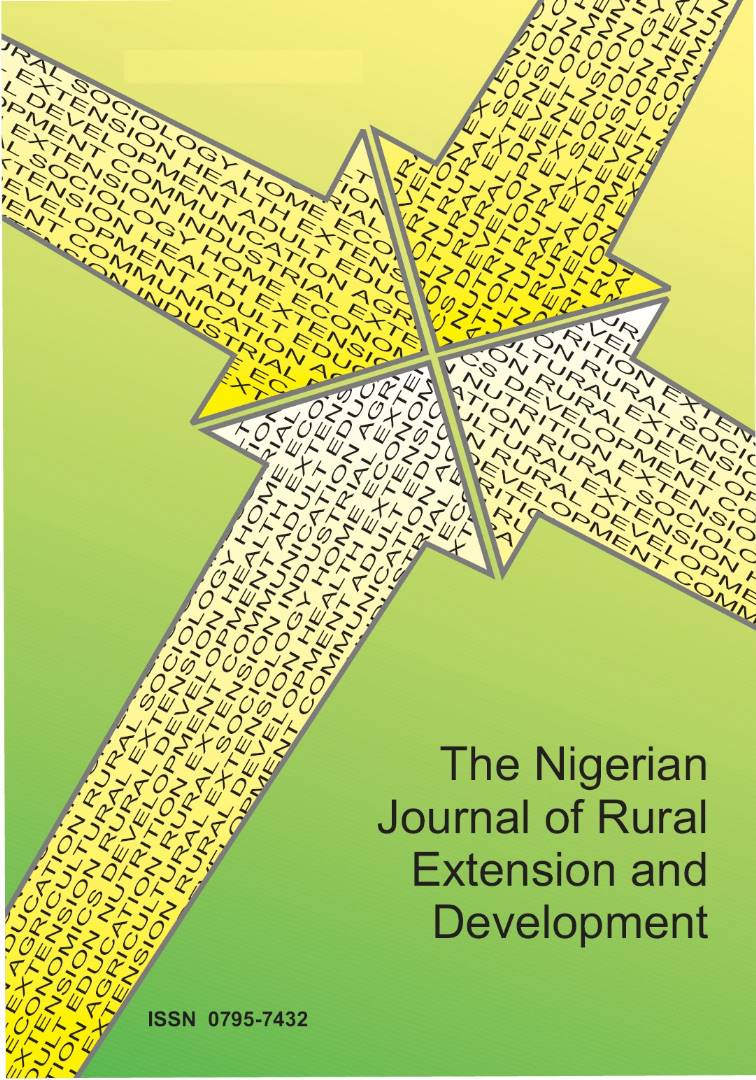Perceived environmental effects of charcoal production among rural dwellers in rainforest and Guinea Savannah Agro-ecological zones of Nigeria
Keywords:
Deforestation, Energy, Earth mound method, Charcoal productionAbstract
Charcoal production constitutes serious environmental problems to most developing countries of the world. Hence, this study assessed perceived environmental effects of charcoal production among the rural dwellers in rainforest and guinea savannah zones of Nigeria. Multi-stage sampling procedure was used to select 83 and 85 charcoal producers in guinea savannah and rainforest zones, respectively. Data was collected through the use of structured interview schedule and analysed using both descriptive and inferential statistics. Results show that the mean age was 43 years, 90.5% were males, 90.6% were married. Majority (80.0%) of the respondents made use of earth mound method of charcoal production and 52.9% of respondents produced between 32-32000kg of charcoal per annum. Most respondents (62.7%) perceived that charcoal production could lead to erosion, 62.4% reduce the available trees for future use (62.4%) and reduce available air in the environment (54.1%). While 51.8% perceived that micro organism may not be threatened because of charcoal production activities. Significant difference existed in the perceived environmental effects of charcoal production between rainforest and guinea savannah agro-ecological zones (F=14.62). There is need for the government to quickly work on other available and affordable alternative household energy sources.

